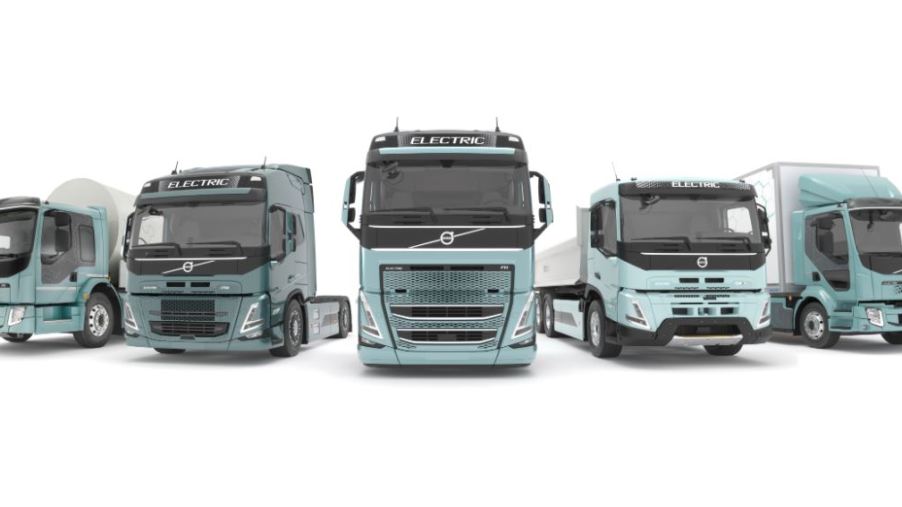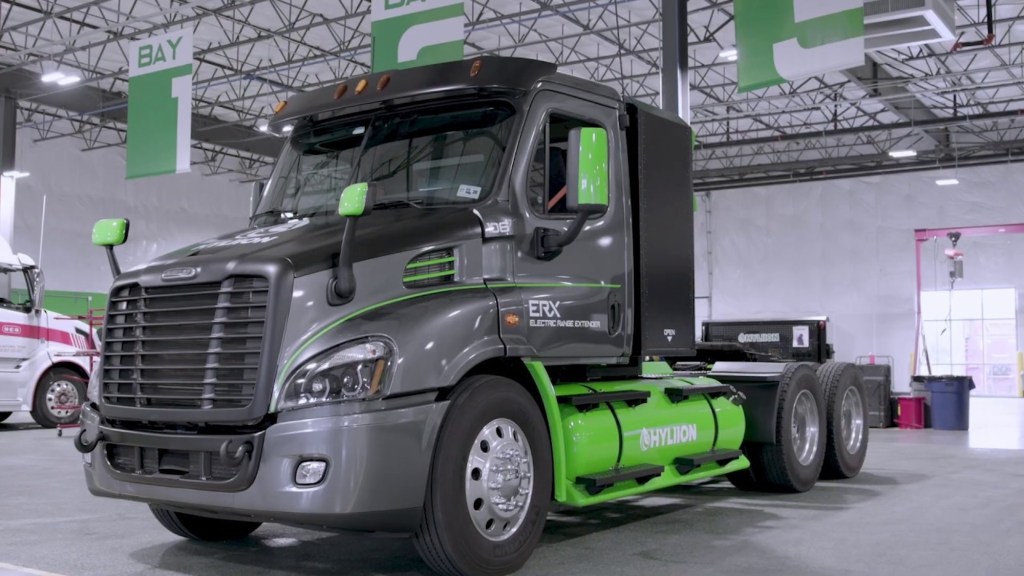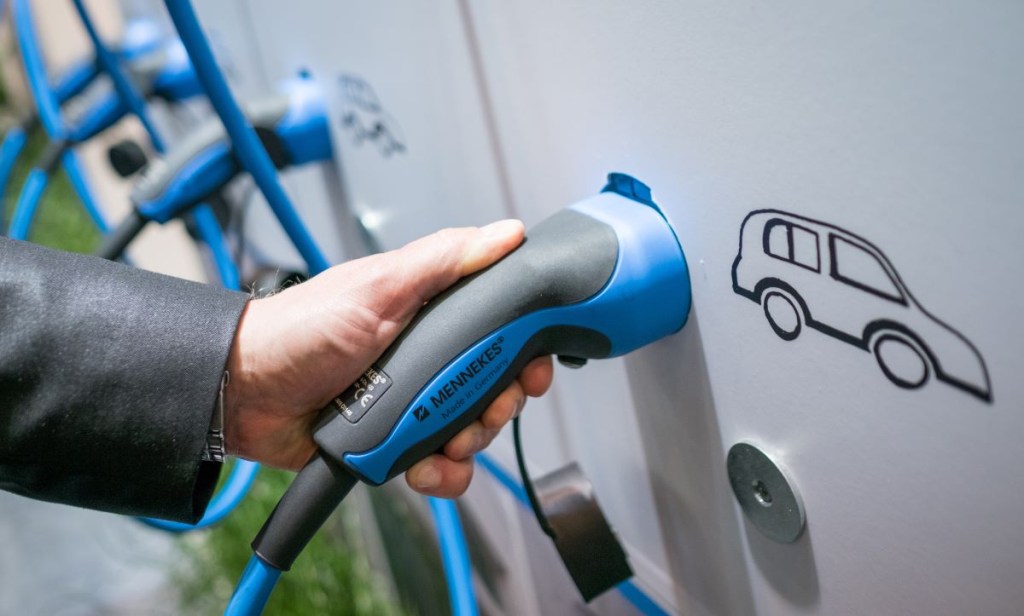
Europe Is Killing Internal Combustion Engines for Commercial Vehicles
Ask not for whom the bell tolls, it tolls for the production of internal combustion engines in Europe. More specifically, the end date for commercial vehicle sales of internal combustion engines has been set. A combination of electric, hydrogen, and clean fuel technology will be phased in to replace the traditional petroleum-based engines.
2040 Deadline for European heavy-duty trucks

Under the umbrella of the European Automobile Manufacturers’ Association (ACEA), European truck manufacturers Daimler, Scania, Man, Volvo, Daf, Iveco, and Ford have all signed a pledge to end the sales of internal combustion engine (ICE) vehicles by 2040. It is a move aimed at converting the commercial vehicle sector to fossil-free transportation. But, it is a move that they acknowledge has no silver bullet.
“There is no silver bullet; it won’t be that one technology will rule everything. There will be parallel technologies over time. They will come in different paces, but if we sit and wait for the perfect technology to emerge, we will burn the planet” – Henrik Henriksson, Scania Chief Executive.
It doesn’t all fall on commercial vehicle manufacturers
The move is predicated on supporting industries continuing to develop. For example, charging networks will need to keep rolling out for the shorter routes. So, too, the development of a hydrogen network for the longer commercial vehicle routes. In short, a dense infrastructure for recharging or refueling heavy-duty trucks will go far in helping to make this transition happen. It is not just about vehicle production.
Nonetheless, ACEA acknowledges that move brings fossil-free fleets within grasp. But, agreements mean nothing without action. So, the signed agreement is only the beginning.
“But setting a target is not enough; we must find a way to get there. Science shows us that if we want to avoid crossing dangerous tipping points in the Earth system, we need to act today – combining all available solutions to make a rapid shift to carbon-neutrality. – ACEA Joint Statement
Agreement is a harbinger for ICE vehicles

RELATED: Electric Crate Motors Allow Anybody to Swap Out a Combustion Engine
Heavy-duty commercial vehicles are a critical global delivery infrastructure concern that uses significant amounts of fossil fuels. Conversion away from ICE driven vehicles is not a switch that can be turned off overnight. However, something must be done to keep deliveries of medicines, materials, and food products moving but in a more environmentally friendly way. To that end, the signed agreement is a harbinger of things to come for ICE transportation.
“If road freight transport is to maintain its role in serving society, we need to move away from fossil fuels as quickly as possible. Not only are we convinced that it is necessary, we know it is possible, and we are ready to make it happen.” – Henrik Henriksson, Scania Chief Executive.
There is an acknowledgment in the ACEA joint statement that the commercial vehicle transition and infrastructure creation is costly. In order for there to be mass acceptance, technology needs to advance in such a way that there is parity with the costs of operating diesel machines. The report goes on to say, “we estimate that we could have cost parity between battery-electric solutions and diesel in just a few years for many segments of the truck market.” You can read the whole joint statement here.
This is an ambitious but attainable goal for commercial vehicles
A fossil-fuel-free commercial vehicle goal is ambitious. Many countries are content at this time to have electric, and hydrogen-fueled vehicles develop alongside ICE vehicles. But, the actions that come from this new agreement are going to have a large global influence. So, in a very short time-frame, it is conceivable that we may see ICE vehicles become a relic of the past found in the collections of classic collectors worldwide. This agreement proves a CO2 free transportation industry is not pie in the sky. It is real and theoretically attainable.


